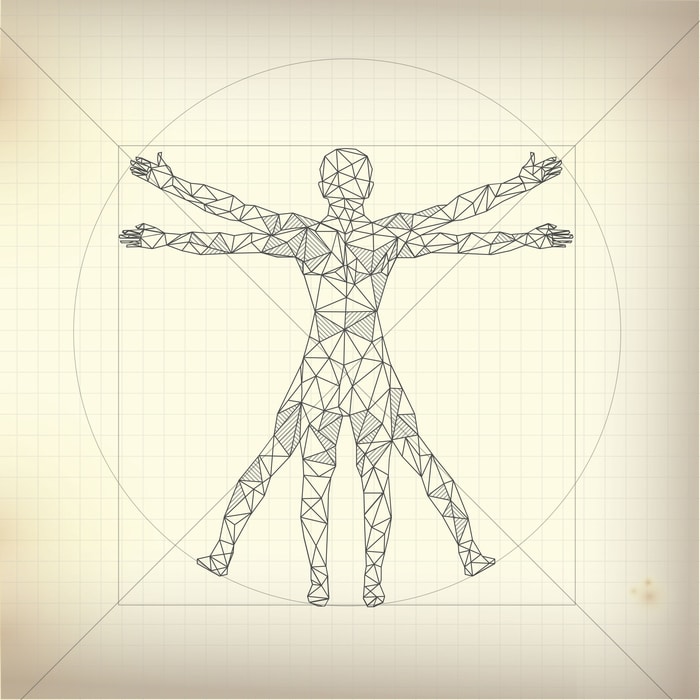
A Deep Dive into The History of Cadaver Use and Whole Body Donation
The use of cadavers to further education of the human body was developed in the third century with the establishment of the school of Greek medicine in Alexandria. Before human dissection, knowledge of medicine was based largely on observation, supposition, the study of animals, and the examination of human bones. In the early 3rd Century, Herophilus of Chalcedon, and Erasistratus of Ceos were the first physicians who overlooked the religious moral and esthetic taboos that had previously stopped any physicians from performing human dissection for anatomical purposes. The use of deceased criminals and Alexandria’s goal to be a center for literature and scientific learning lead to their scientific endeavor to be quite successful.
However, after their deaths, human dissection completely ceased. This is thought to have happened because a new medical school rivalled the idea of cadaver use by saying it had no actual scientific benefits and that clinical results could be obtained to non-insavite observations. Systematic human dissection was completely abandoned when physicians turned to clinical analysis from the past and by the burning of Alexandria in 389 AD. Human dissection was considered blasphemous and prohibited from that point on for almost 1,700 years.
Though human dissection was prohibited by the Roman Empire, animal dissection started popping up again in the 11th Century. Then in 1315, for the first time since the death of Herophilus and Erasistratus, a human dissection was performed at University of Bologna. As time went on, the size of sessions to view live anatomical dissections grew and attendees included not only scholars but the public. To accommodate these crowds, anatomical theatres were built and the first established one was at the University of Padua in 1954. Other universities followed suit in Bologna in 1595 and Paris in 1604, for example.
The use of cadaver in the United States followed a strictly similar path as Europe. In 1832, the Anatomy Act Anatomy Act mandated that unclaimed bodies would play the central role in anatomical dissection, but this act was repeatedly manipulated or ignored. This was because of a pattern that emerged to clearly show that their unethical means to get a body from grave to dissection table. Examples are grave robbing, body snatching of the poor or simply using unclaimed bodies. The bodies were usually those of deceased convicts, the poor, slaves or the mentally ill.
It was not until 1968, that the Uniform Anatomical Gift act was passed to protect the interest of whole body donors and their families. During the latter part of the 20th century, different parts of the world started to promote whole body donation for the purpose of anatomical studies and the successful promotion led to the stabilization of willing body donors. This satisfied the demands of most medical schools across the United States, this also led to a change in social beliefs about whole body donation and medical professionals were frequently donating their own bodies because they knew the value of cadavers. Cadavers offer insight into human anatomy, provide information about how diseases affect our body, allow surgeons and doctors to practice and perfect techniques. They also allow researchers to develop medical devices, improve drug delivery systems, and even help further the research of cancer or Alzheimer’s.
Whole body donation and organ donation has spread to multiple universities, offers many different programs, and has proved itself as a chief source of education and research. To remain ethical and in the best interest of donors, most whole body donation programs stress informed consent, emphasis on an openness with donor and family and most donors receive commemoration for their selfless donation in the name of science.
Sure, there is still a stigma around whole body donation, realistically, there always will be. You can see the growth of popularity with whole body donation with an increasing number of donors averaging at 20,000 Americans per year. From unethical means of getting bodies to a significant increase of willing donors and from being considered immoral and prohibited to a staple in medical education and research, the growth of human dissection for anatomical purposes is phenomenal.



